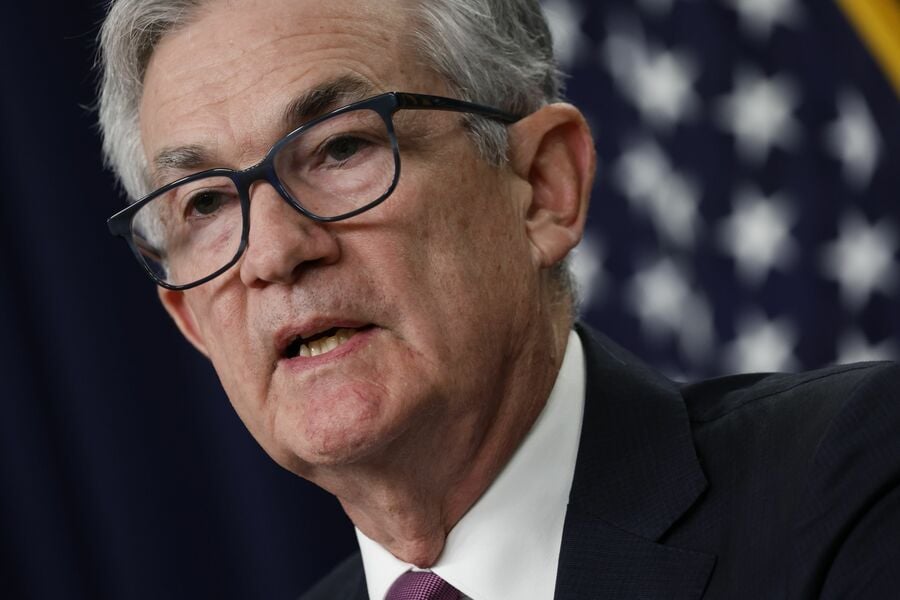

In the immediate aftermath of a hotly contested presidential race between Donald Trump and Kamala Harris, which ended with the vice president ultimately falling short in her sprint for the Oval Office, the Federal Reserve has revealed its highly anticipated interest rate decision for November.
The central bank announced Thursday afternoon that it would be cutting its benchmark rate by 25 basis points, lowering the Fed funds rate down to between 4.5 and 4.75 percent.
The move is a more measured step from its supersized half-basis point cut in September, an aggressive reduction that several members of the Federal Open Market Committee pushed back on even as they agreen on the need to reduce borrowing costs.
The Fed's decision to follow up with a quarter-point cut was widely expected in the months and weeks since September, though former President Trump's victory at the polls casts some doubt over the Federal Reserve's future moves given the inflationary nature of his policy proposals.
In its Thursday afternoon release, the FOMC cited "[r]ecent indicators suggest[ing] that economic activity has continued to expand at a solid pace."
While the most recent jobs report from the Department of Labor pointed to a weakening situation, the Fed said "labor market conditions have generally eased" since the beginning of the year, and the unemployment rate has moved up but remains low."
Beyond the jobs market, recent indicators showed the US economy expanding in the third quarter, fueled by robust consumer spending.
On the inflation front, the Fed seemed cautiously optimistic.
"Inflation has made progress toward the Committee's 2 percent objective but remains somewhat elevated," the announcement said, apparently referring to the most recent September inflation report featuring a larger-than-forecast core CPI print.
"In support of its goals, the Committee decided to lower the target range for the federal funds rate by 1/4 percentage point to 4-1/2 to 4-3/4 percent," the FOMC said, reaffirming its pledge to take an adaptive, data-dependent approach that includes "assess[ing] incoming data, the evolving outlook, and the balance of risks."
It also recommitted itself to the dual mandate of "supporting maximum employment and returning inflation to its 2 percent objective."
"The Committee would be prepared to adjust the stance of monetary policy as appropriate if risks emerge that could impede the attainment of the Committee's goals," the announcement said, noting it would "take into account a wide range of information, including readings on labor market conditions, inflation pressures and inflation expectations, and financial and international developments."

Meanwhile, Fifth Third's RIA arm adds a former billion-dollar BNY trio in Boulder, Colorado, while a hybrid RIA opens a new North Carolina location with a former Raymond James-affiliated team.

Analysis highlights swelling out-of-pocket costs and wasted time on paperwork, with an outsized toll on businesses and around crypto transactions.

The appointment to its investment management arm comes roughly a year after the firm first announced plans to launch its own exchange-traded fund platform.

With trillions of dollars in transit, HNW expert sees a bigger picture.

Summit Financial unveiled a suite of eight new tools, including AI lead gen and digital marketing software, while MassMutual forges a new partnership with Orion.
Orion's Tom Wilson on delivering coordinated, high-touch service in a world where returns alone no longer set you apart.
Barely a decade old, registered index-linked annuities have quickly surged in popularity, thanks to their unique blend of protection and growth potential—an appealing option for investors looking to chart a steadier course through today's choppy market waters, says Myles Lambert, Brighthouse Financial.
